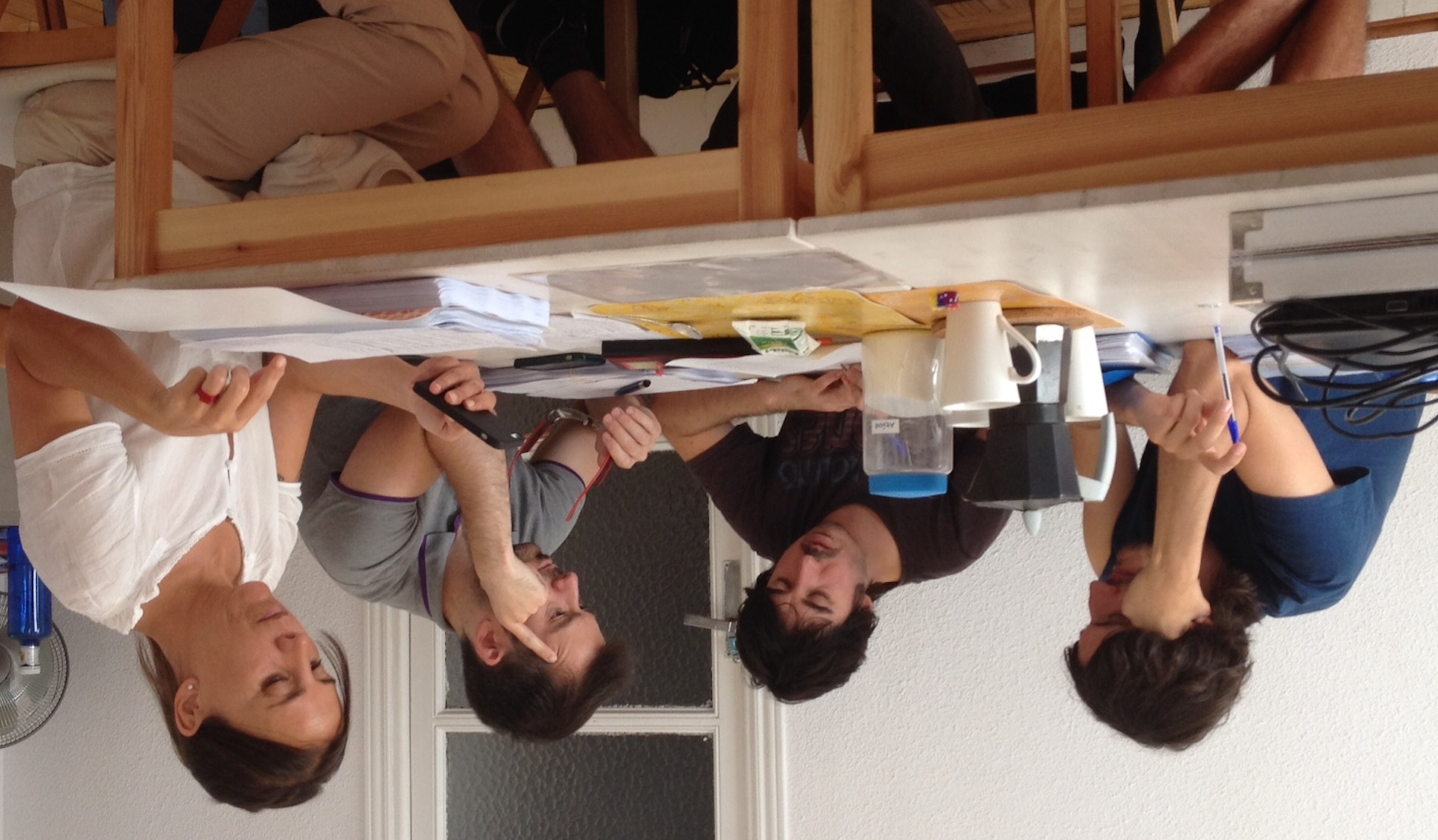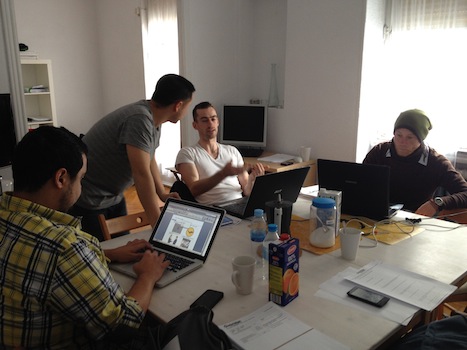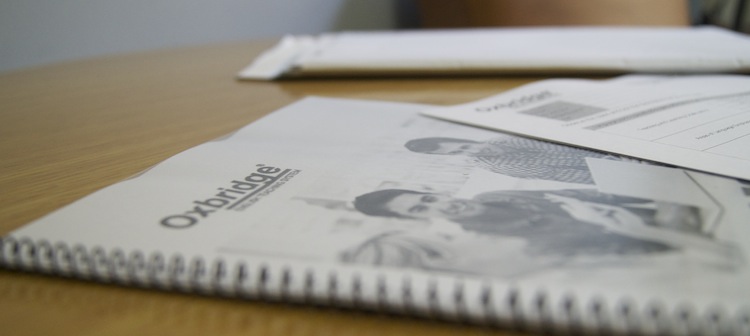As any experienced ESL teacher knows, the type of language errors students make are as diverse as the students themselves & their
attitude toward learning. This in turn will dictate which of the ESL error correction techniques will be most applicable (if any should be used). Today we will consider techniques to increase students accuracy & improve their awareness in order to promote self-correction. In order to illustrate the different techniques we will make use of the following sentence:
"Yesterday I eat an apple."
By simply asking students to
“please repeat” or to
“try again” they often pick up that they have made a mistake somewhere & will try to correct themselves.
Yesterday I EAT an apple?
Sometimes lapses occur where students make mistakes without even realizing. You can help your students by emphasizing the mistake so that they can recognize where the problem lies.
"Yesterday I…"
Similarly to the previous ESL correction techniques, you can hint to where the mistake was made by building up to the place where it was made.
As you can see the objective is to elicit the right answer & the same can be achieved by gestures, facial expressions and/or voice cues. For example, hand gestures could include pointing backwards over the shoulder to show past tenses, putting your hand to your ear so that to indicate students should repeat, exchanging the position of your index fingers to show change of word order or pointing forward to refer to future tenses.
As far as facial expressions & voice cues are concerned this could take on many forms for example a surprised face/sound of exclamation when a mistake was made or simply by clearing your throat the moment the mistake was made.
Note that not all of these are clear from the get-go & quite often students need to be conditioned to know what they mean.
If you wish to be subtler in your approach you could always cushion the correct response by giving your own example in a slightly different frame:
Student: I eat an apple yesterday.
Teacher: Oh I see, yesterday I ate a sandwich, and you?
Student: Ah, I ate an apple yesterday.
The final ESL error correction technique - which is an extension to
giving a correct example - is where the teacher gives the students a choice between or options; one with their (incorrect) phrase, the other with the correct phrase:
“Yesterday I eat or I ate an apple?”
This technique should be considered with care (maybe as the last tool in the toolbox) as some students might realize that you are simply giving them the right answer & they simply mirror what you have said without understanding or processing the correction.
Group correction is a great ESL error correction technique if you feel that you have already done too much correcting as the teacher and/or if you wish to increase rapport among students by getting them to correct each other. It can also happen that a student is oblivious to their own mistakes; however it could be as clear as day for others. This ties in with the fact that from time to time students might resist correction from the teacher, but more open to other students. It is therefore of great significance to consider the context &
environmental factors that are in play.
Remember that these ESL error correction techniques should be used to promote students´ accuracy, increase self-confidence to correct themselves & so create a supportive, conducive learning environment.
Think of what the
most common mistakes students make & consider (1) if correcting will promote growth & learning, & if so (2) which ESL error correction techniques would work best while (3) applying the technique by making it your own. Don´t forget that you will most likely be using several techniques (often paired with voice cues or gestures) at once while positively reinforcing the students.
Go & explore more:
• Coaching Techniques - Error Correction
• How to Correct - Four Ways to Handle Mistakes






